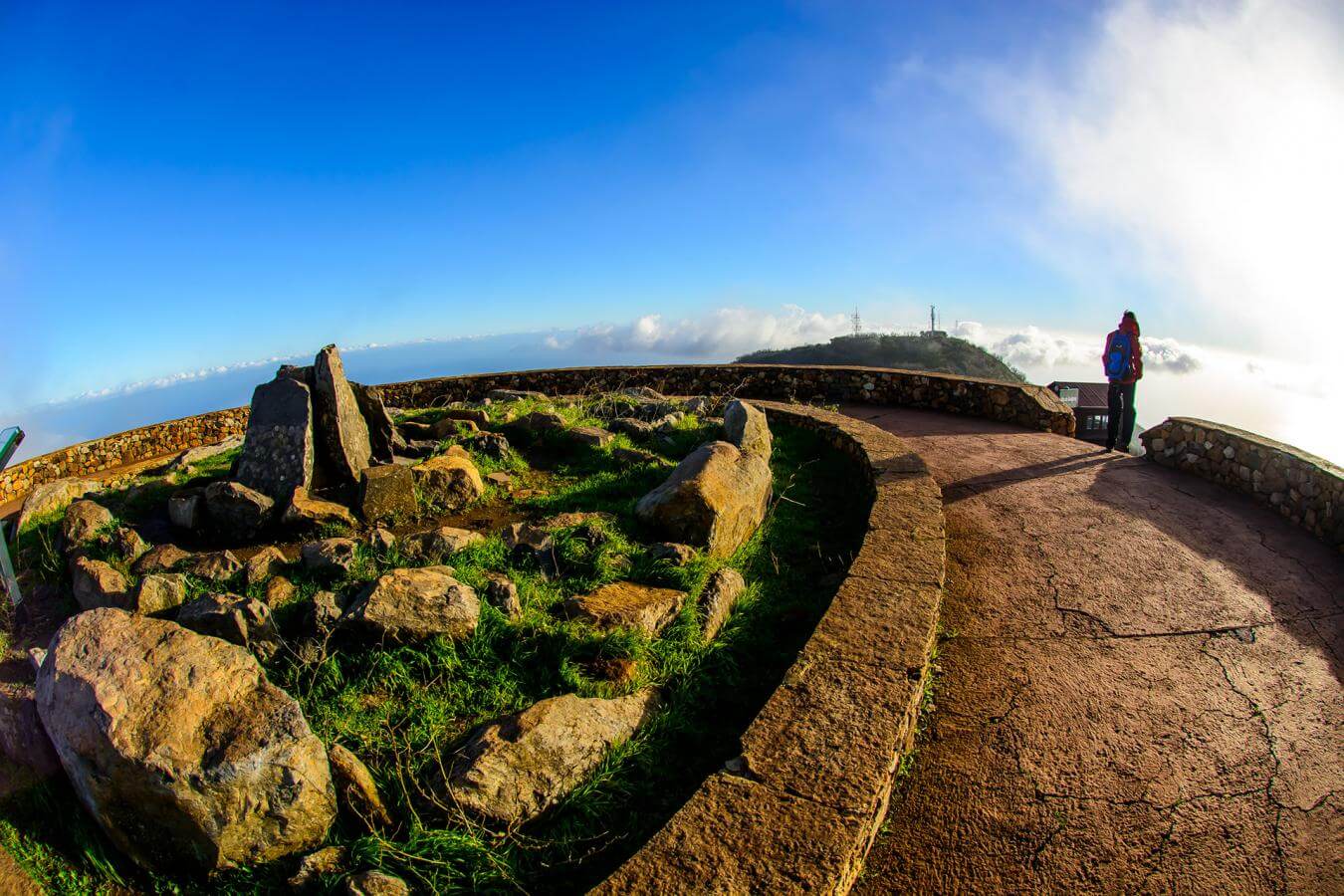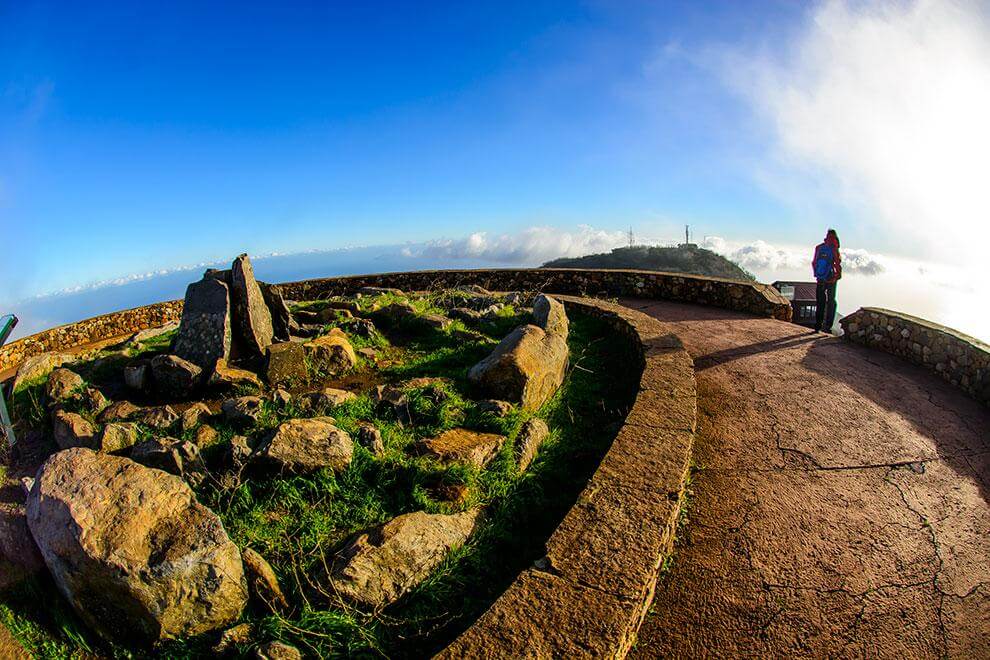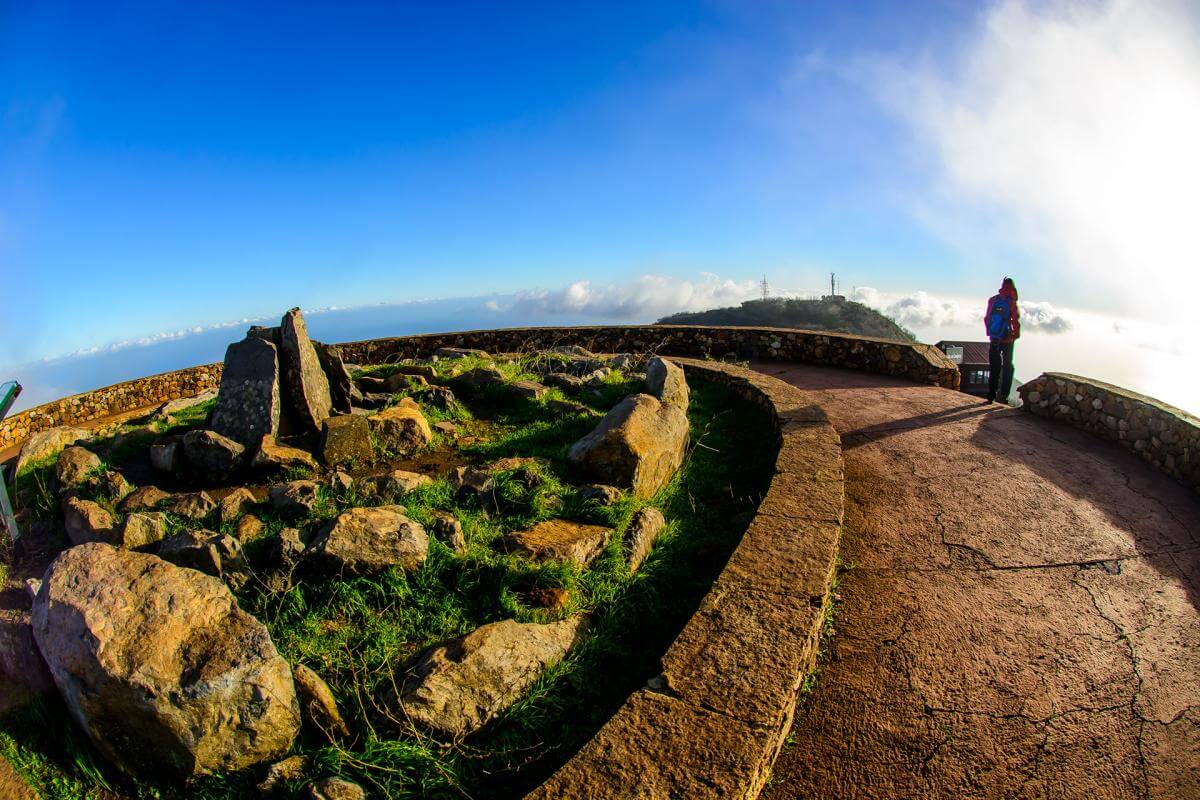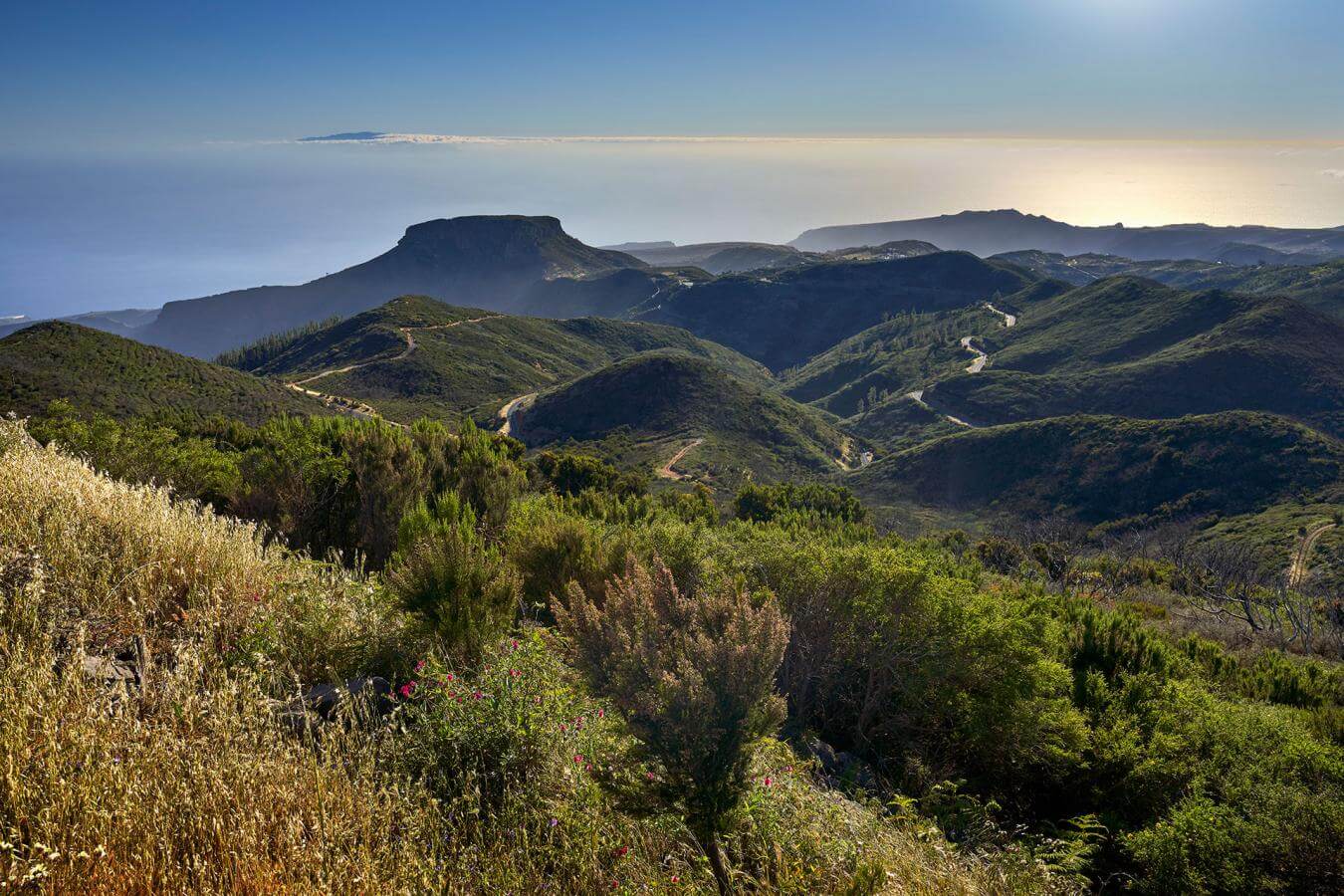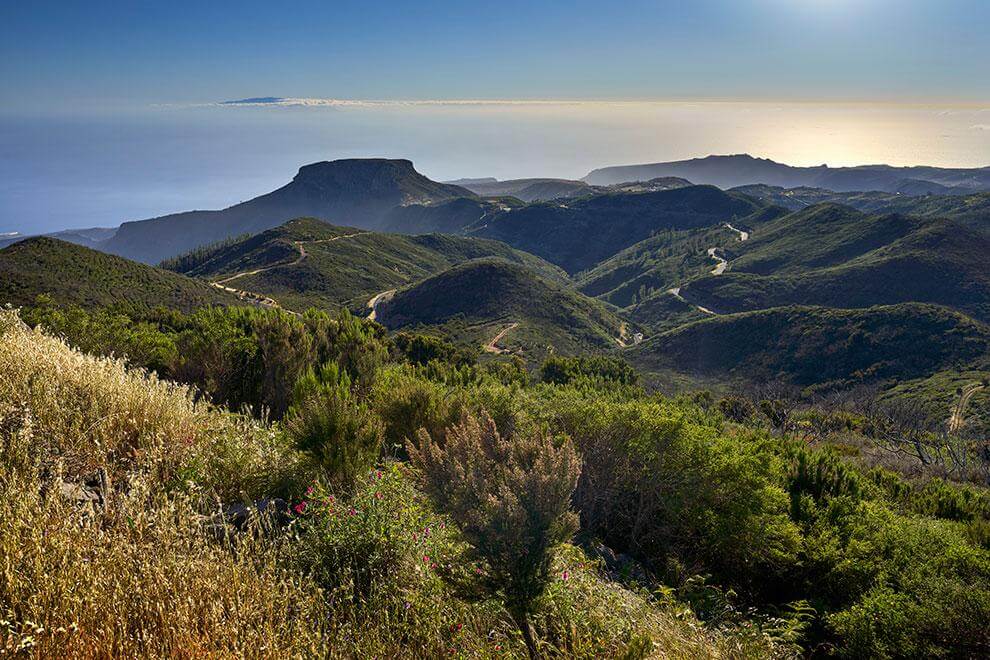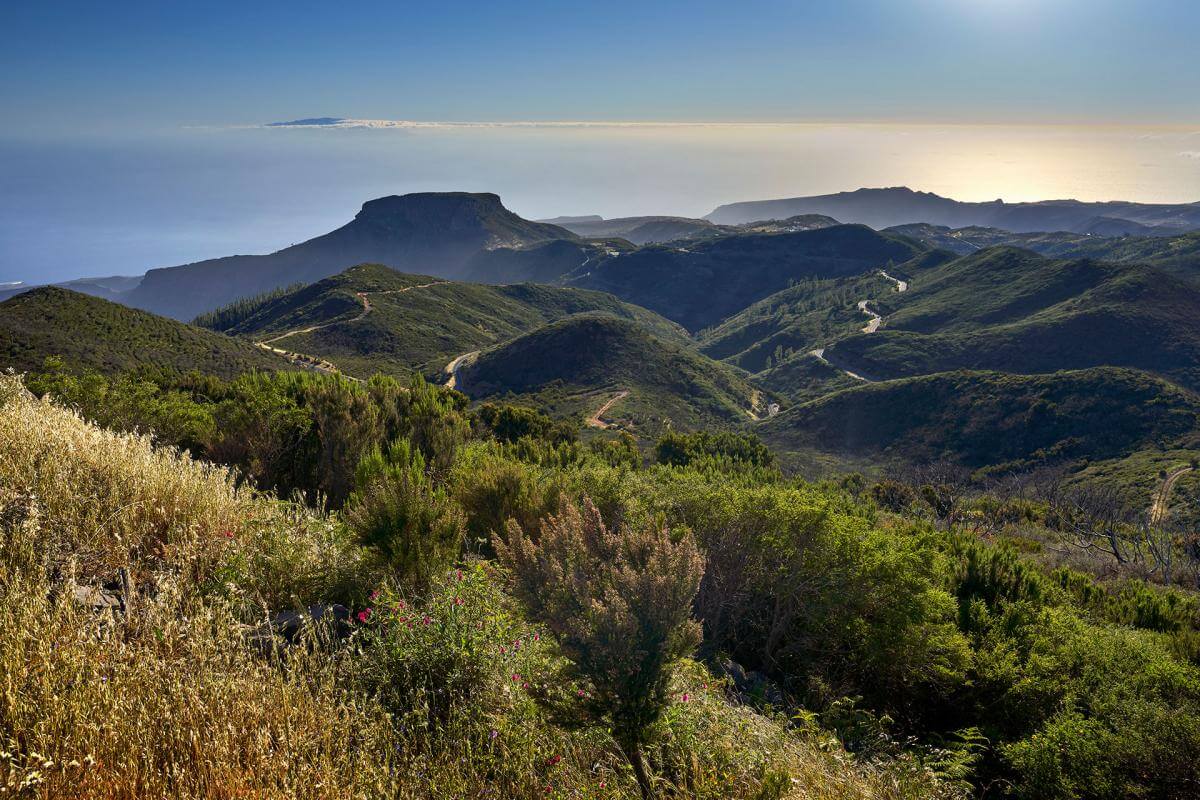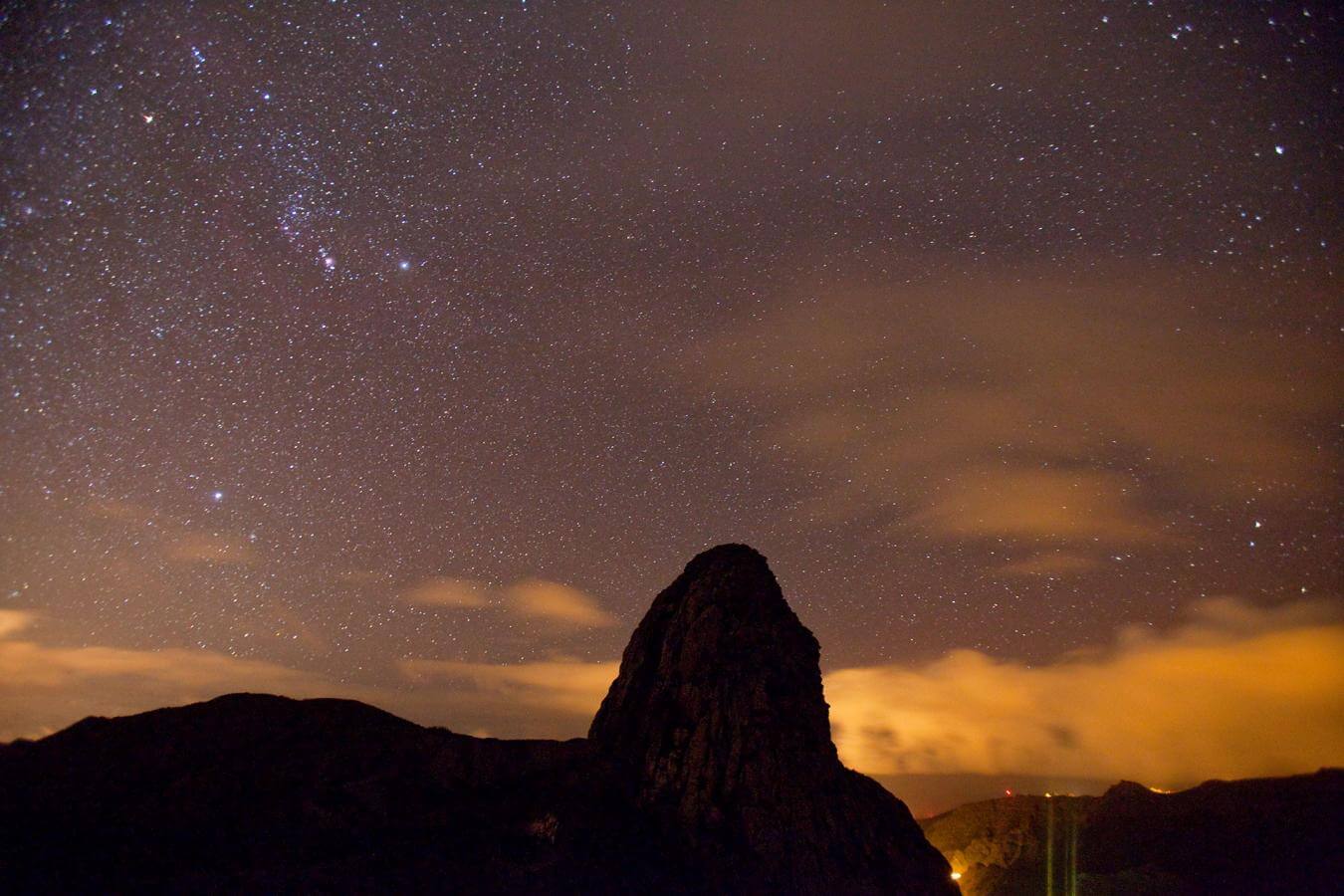

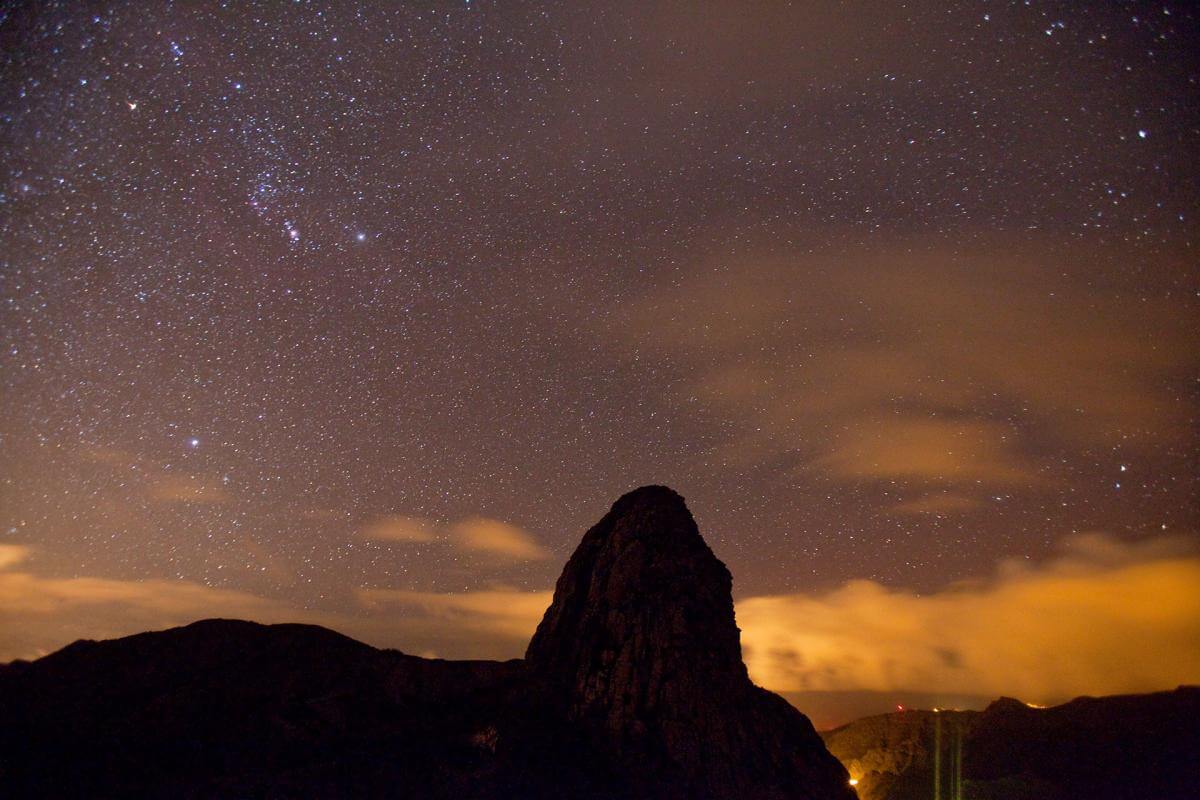
Land, sea and air, scenarios that invite us to partake of adventure. La Gomera welcomes us with its whole range of options to enjoy a holiday in full. But…what if we go beyond that? And dare to look even further, traversing the sky with our gaze? The stars offer themselves as a different way of rounding off our adventure, right?
The Canary Islands boast skies that are deemed to be the best in the world for stargazing - there’s a reason why two of the most important observatories in the world are here - and naturally, La Gomera is not immune to this enviable characteristic.
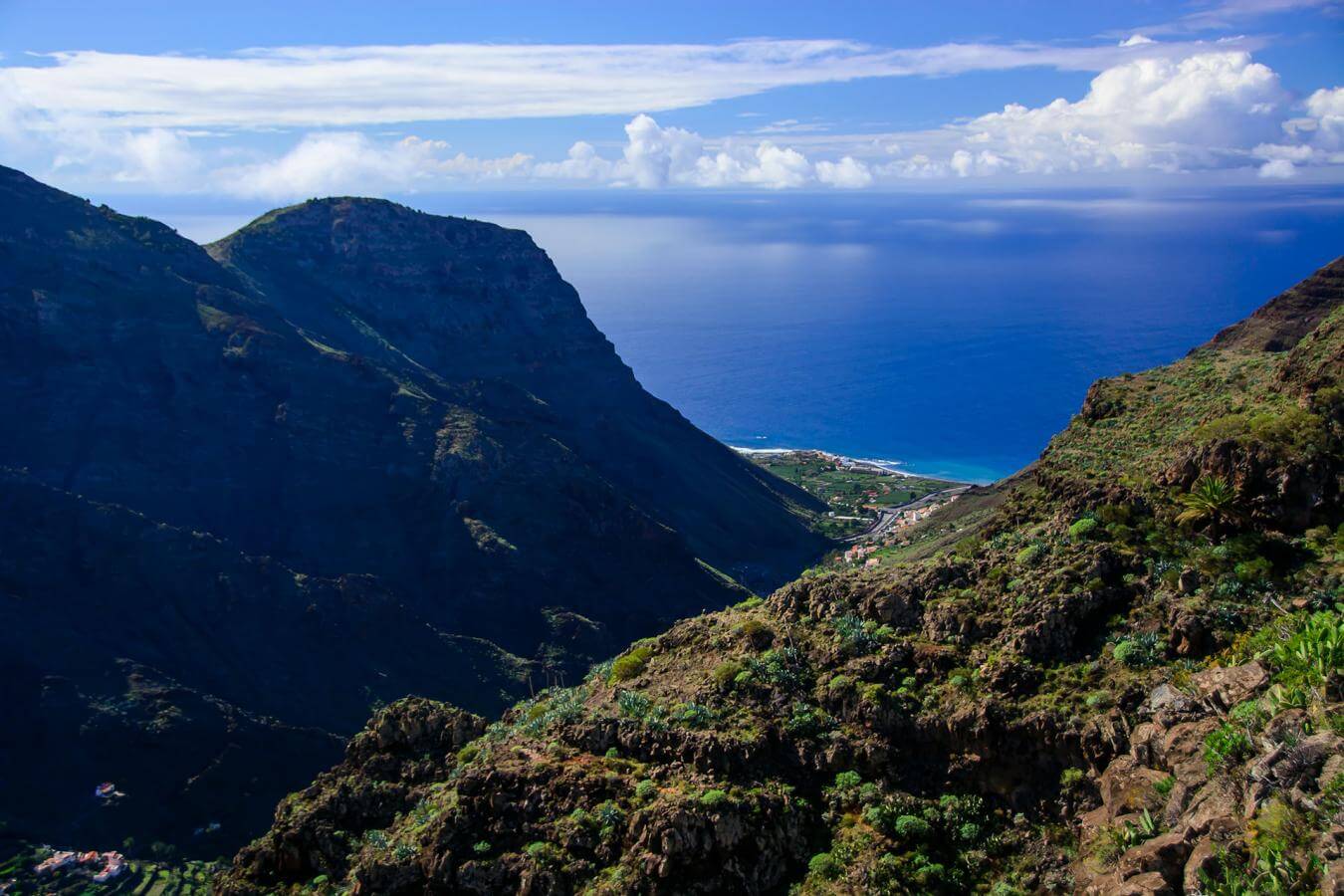
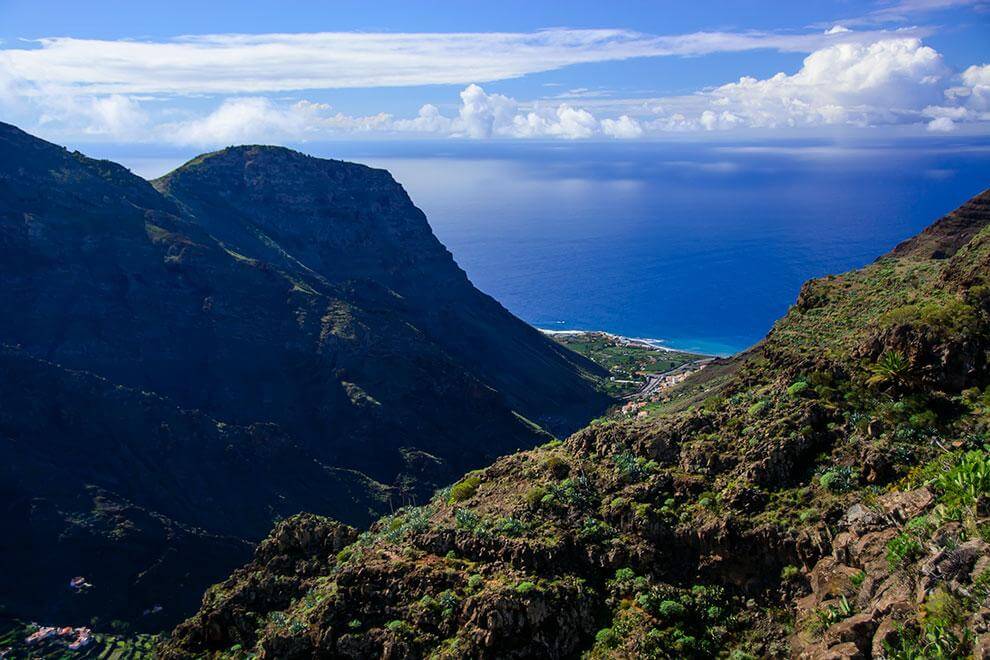

Are you up for discovering them?
Stars, planets, constellations, galaxies or shooting stars within reach of any traveller who wishes to observe them. If you pay attention, you will learn to identify them with ease. We will help you.
To observe this fascinating spectacle, in addition to the indications we provide below, you can use mobile phone applications that will allow you to discover the night sky. Star Walk 2, Sky Map or Sky View are some of the options available. You can get great information just by pointing your smartphone in the direction you are interested in.
When the sun sets in La Gomera, the night begins its dance, the clear, infinite skies are clothed in black to become the perfect frame for the first lights that peek out timidly.
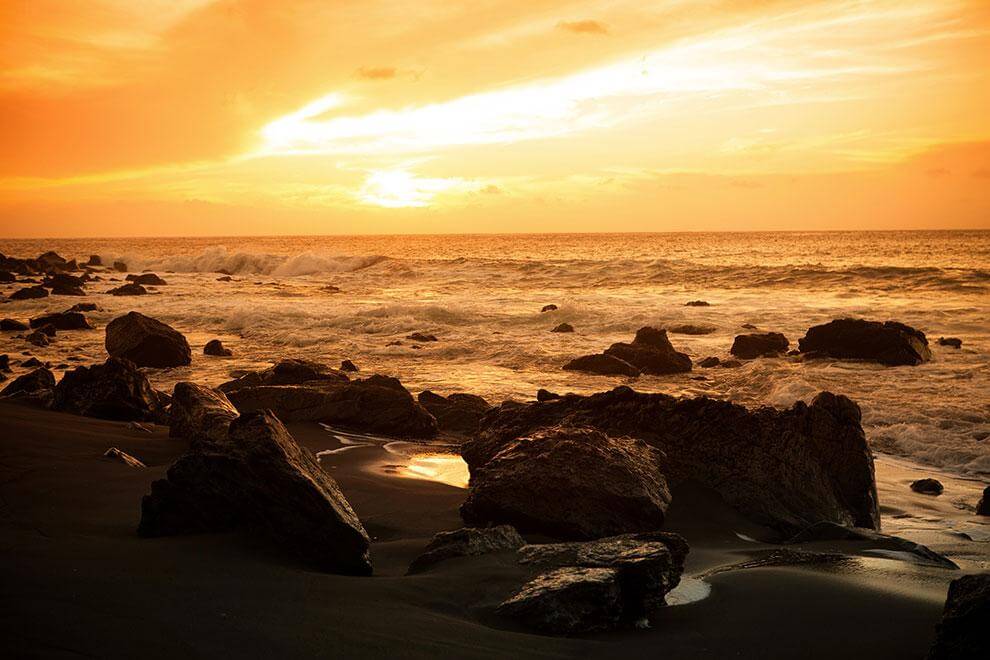
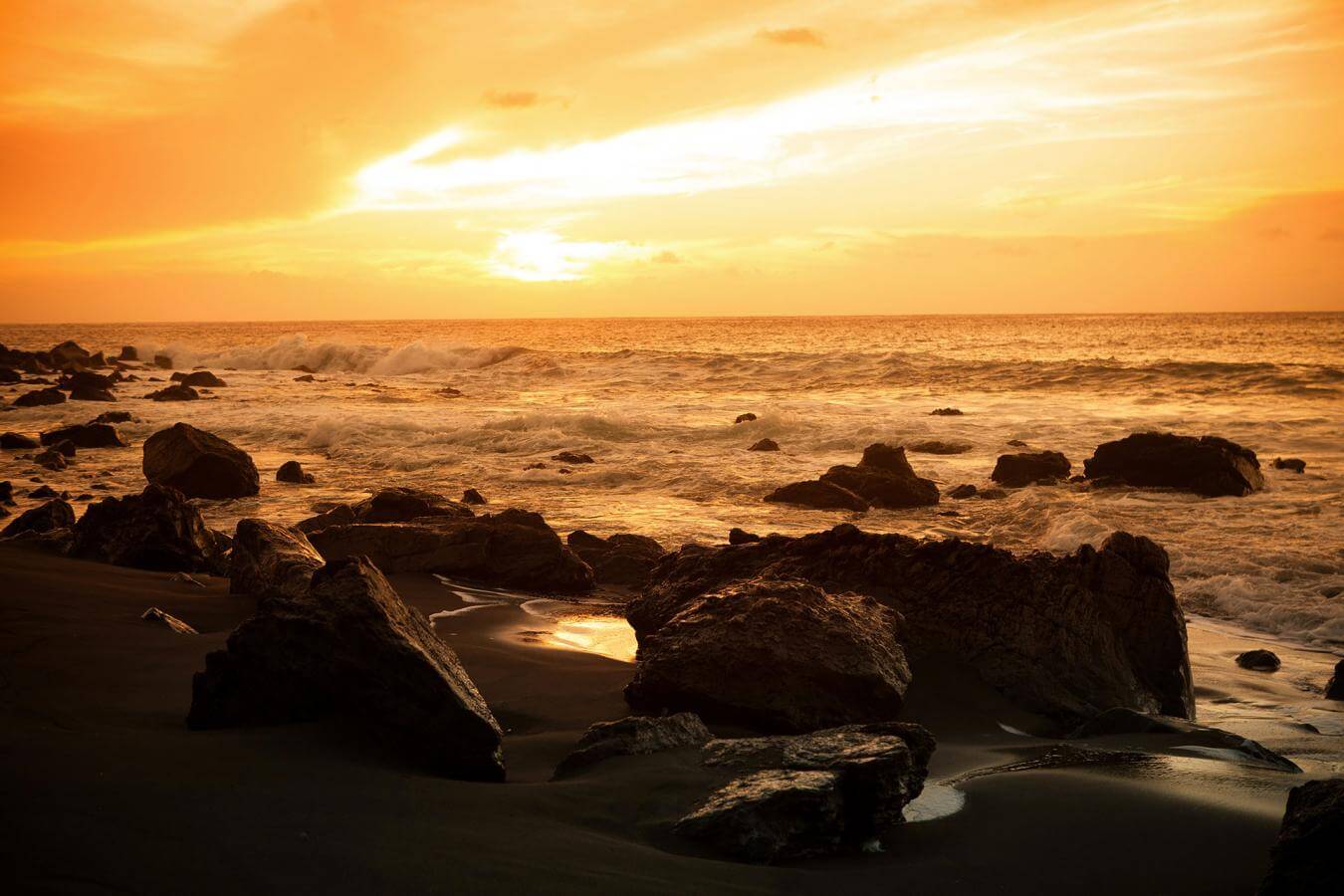
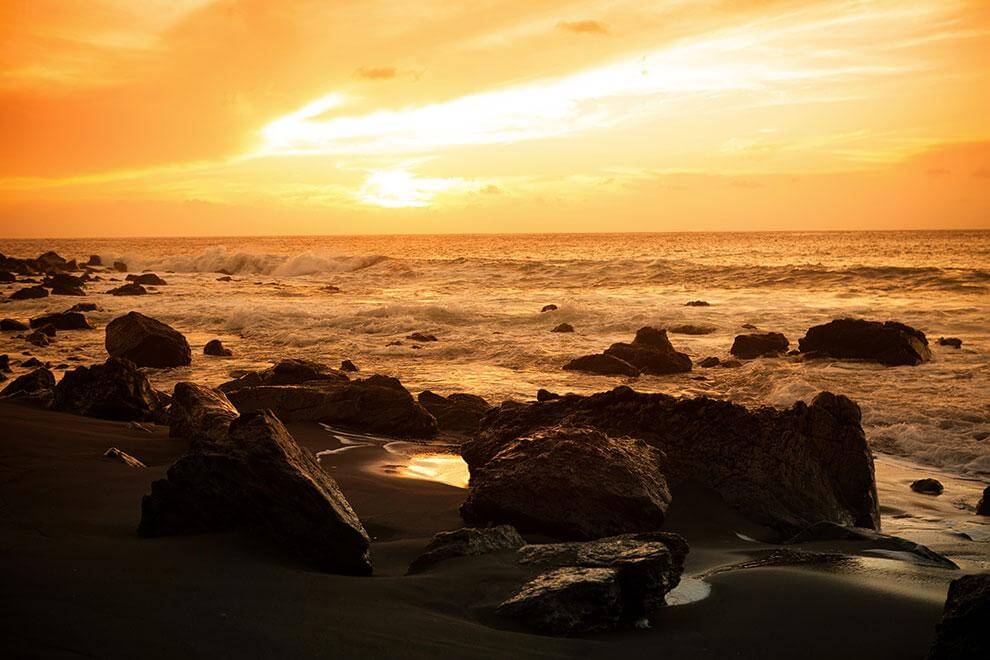
We begin our route at the César Manrique viewpoint on the route leading to Valle Gran Rey, the municipality located in the west of the island. There can be no better setting to observe one of the most recognisable groups of stars, the constellation of Orion. With its very particular coffee pot shape, after sunset in the months of February and March, this mythological giant appears majestically in the middle of the winter sky. One can observe the contrast of the colours of the stars at the edges, the reddish Betelgeuse on the giant’s shoulder and the blue Rigel, at his foot. And inside the coffee pot the easily recognisable Orion’s Belt, those 3 stars lined up symmetrically before our eyes. Directly below, as though they were hanging, we can see 3 more smaller stars that form part of the Great Nebula of Orion, a star formation that is very close to us.
We continue our route at the El Santo viewpoint, in the picturesque village of Arure. The total absence of light on nights when there is no moon or when it has not risen yet make this viewpoint the perfect place for observing the Milky Way, that whitish band that crosses the sky, made up of countless stars that are too faint to recognise individually with the naked eye. This is the galaxy where our solar system is located.
If we observe the sky with binoculars, we will see concentrations of recently formed stars that are associated in space by the force of gravity. In the early hours of the evening, also in the months of February and March and turning our gaze to the north, we can see the constellation of Gemini. It is easy to recognise because of its two main stars, the mythological twins Castor and Pollux.
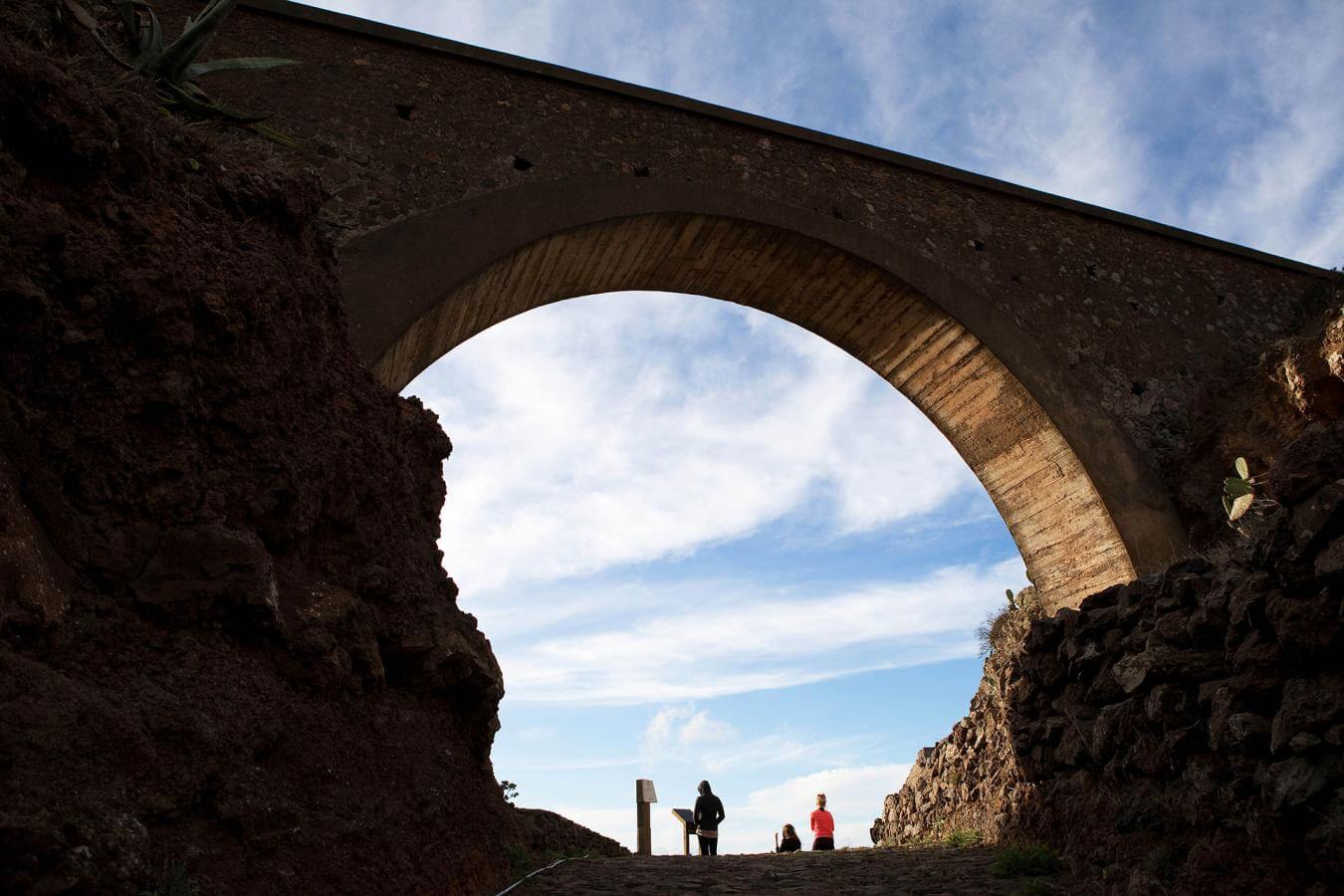
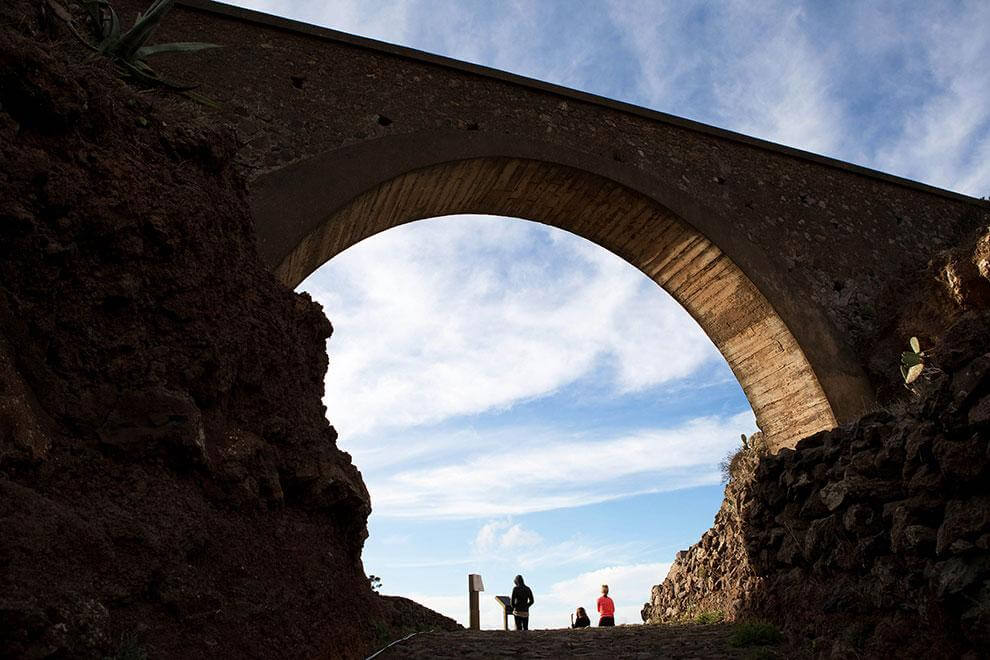
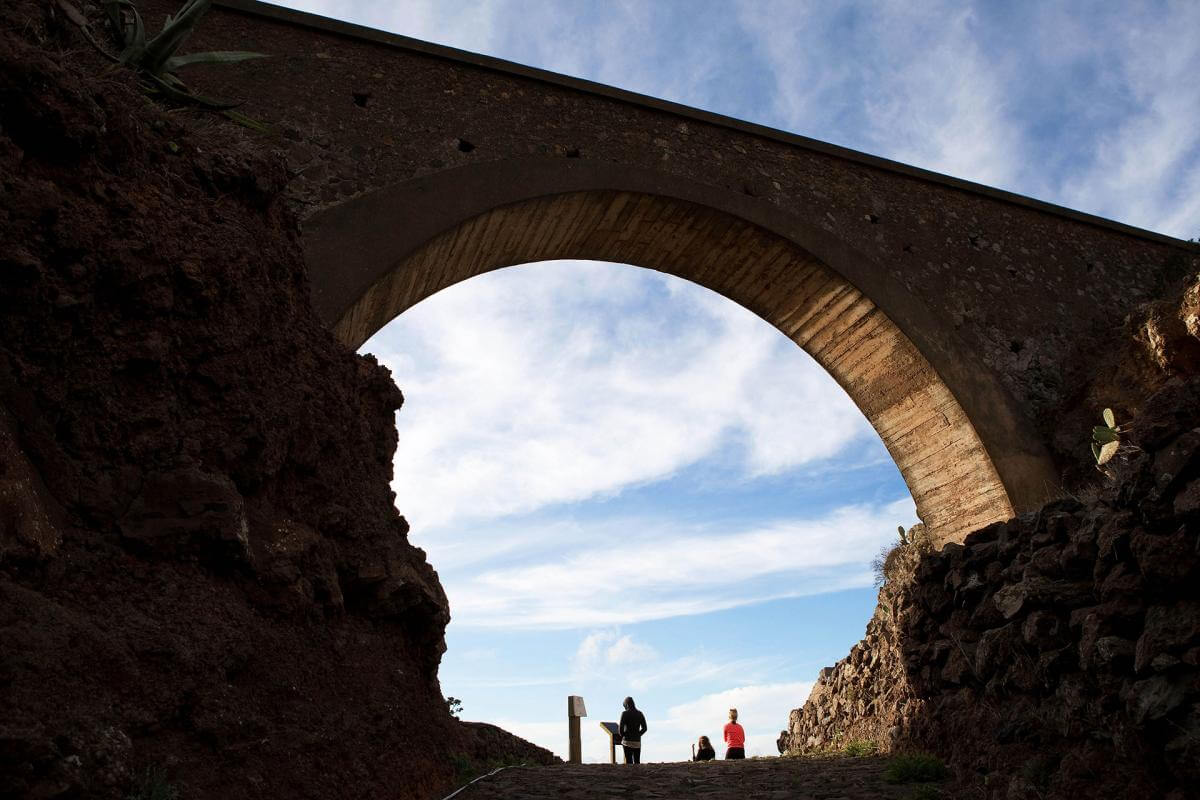
We continue our adventure of discovery of the stars now, this time at the Alojera viewpoint, accessed by a short dirt track after we pass the village of Arure. Here we find some other mythical and easily recognisable constellations: Ursa Major and Ursa Minor. The former, with its characteristic dipper shape and seven stars that shine in a very similar way enable us to discover another important star: Polaris, the North Star, which signals the axis of the north pole to us. You simply have to prolong the distance from the stars that form the opposite side of the dipper’s handle by five in the direction of the weaker Ursa Minor and there it is, the brightest star in this constellation.
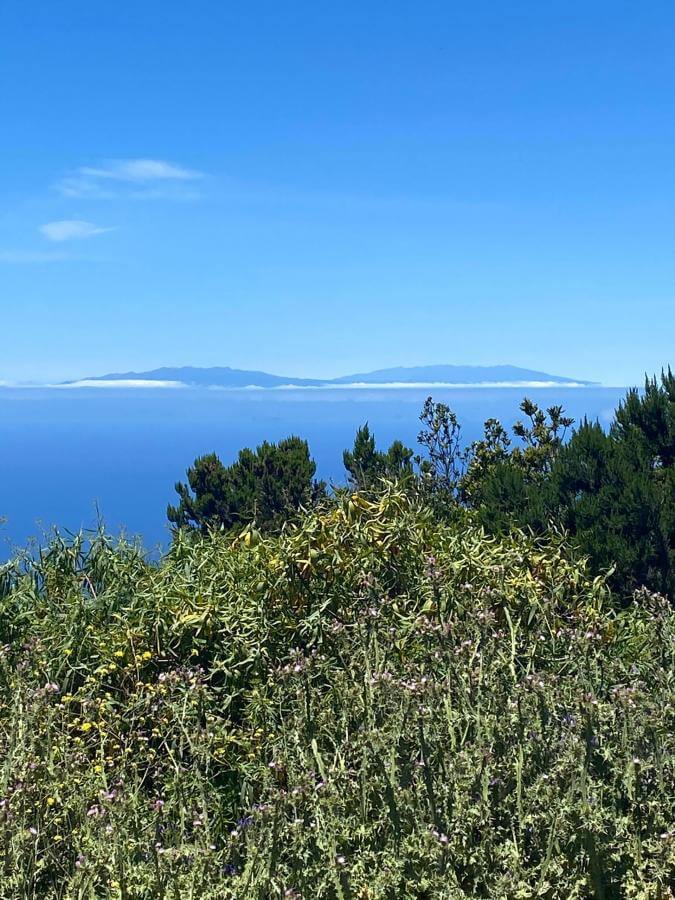
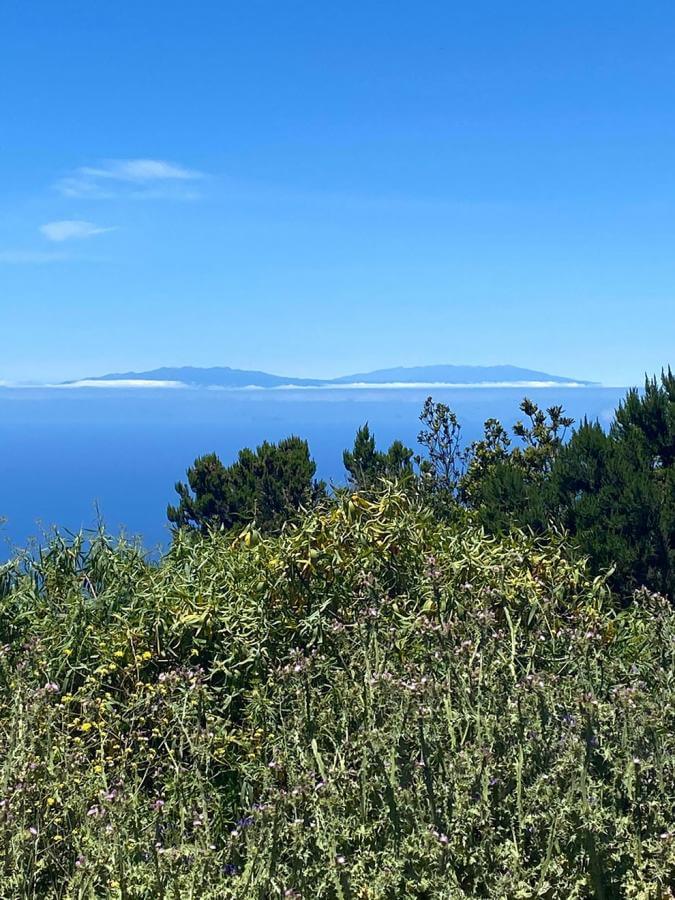
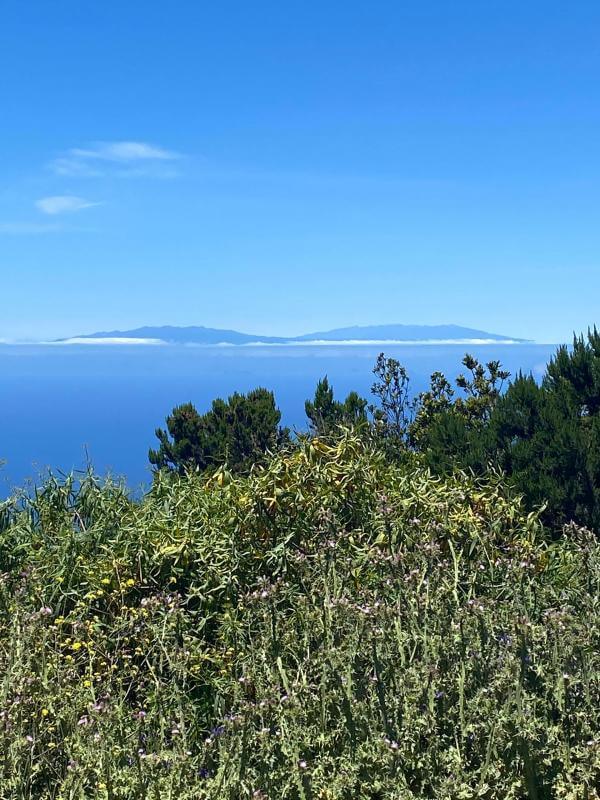
And now we come to the heart of the island, Alto de Garajonay, located at an altitude of 1487 metres; this is one of the best places for a panoramic view of the sky.
In August, at the beginning of the night, if we look south we will see the constellations Sagittarius and Scorpius in the densest area of our Milky Way. In the latter constellation we find Antares, the red star that is 700 times larger than the Sun!
As you can see, the natural treasures of La Gomera go well beyond the land and the sea. The night sky enables us to travel thousands of millions of years, and in this way complete the adventure we initiated with our journey.
